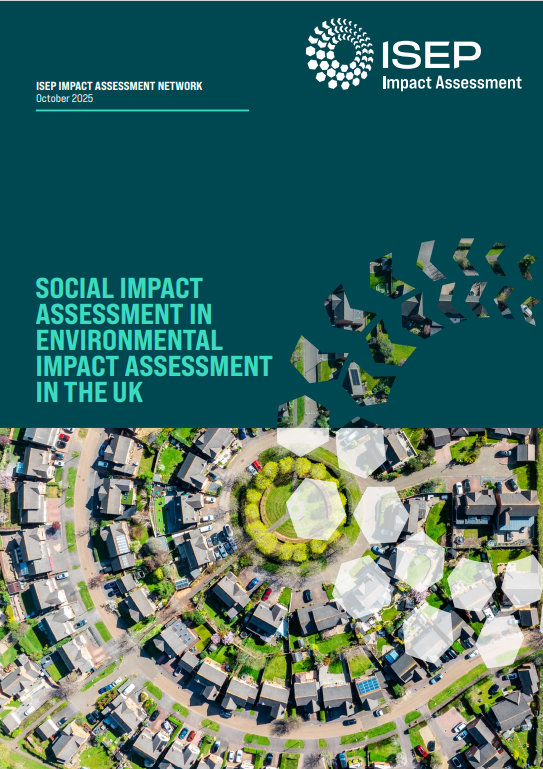Dr Howard is the policy and engagement lead for Impact Assessment at ISEP and a leading professional in EIA, with two decades of international experience across renewable energy and major infrastructure. A Fellow of ISEP and Chartered Environmentalist, Rufus holds degrees in Biodiversity Conservation and Environmental Law, and a doctorate in Management. A trusted advisor, Rufus has directed environmental projects for major organisations such as the World Bank, The Crown Estate, Natural Resources Wales, the EBRD, Statkraft, Orsted, National Grid, and the Environment Agency. Rufus lives in Kent with his wife and three daughters and enjoys walking in nature, cooking, music, kayaking and archery.



